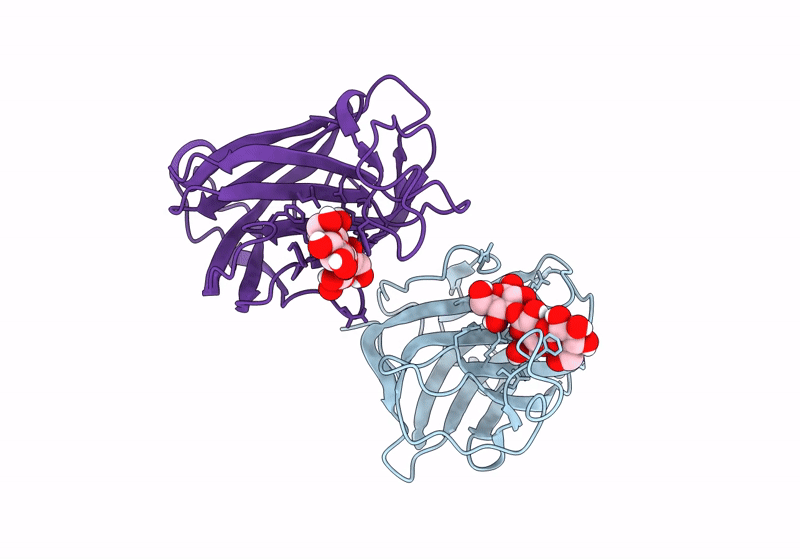
Deposition Date
2023-10-22
Release Date
2024-09-18
Last Version Date
2024-09-18
Entry Detail
Biological Source:
Source Organism:
Christiangramia forsetii KT0803 (Taxon ID: 411154)
Host Organism:
Method Details:
Experimental Method:
Resolution:
1.90 Å
R-Value Free:
0.27
R-Value Work:
0.23
R-Value Observed:
0.23
Space Group:
P 21 21 21


